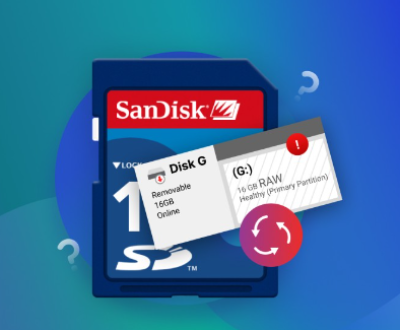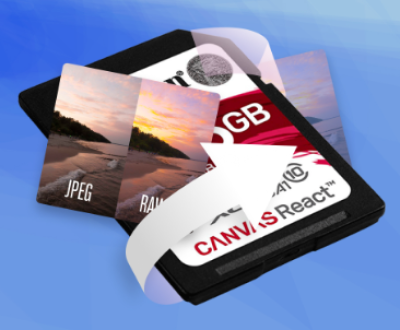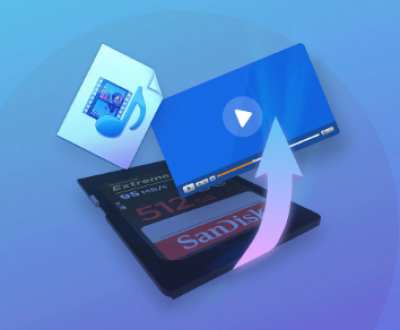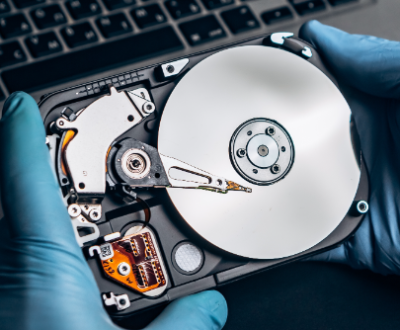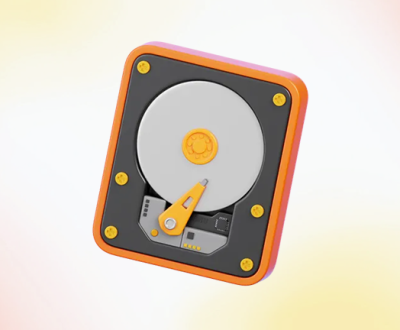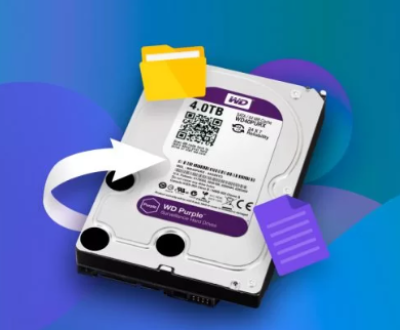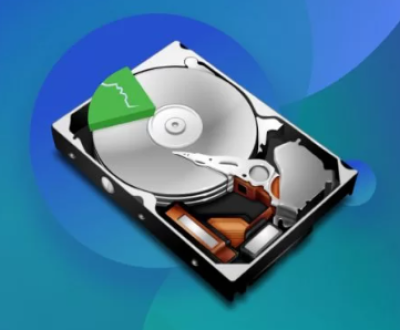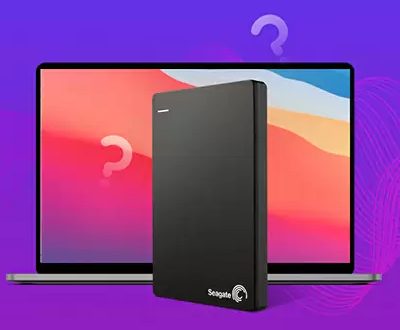Despite the rise of cloud storage services like Google Drive and Dropbox, USB flash drives remain a staple in the toolkit of tech-savvy individuals and everyday users alike.
USB flash drives are small, portable, and universally compatible. They do not require an internet connection, they’re faster for local transfers, and they don’t come with monthly subscription fees. When it comes to offline backups, sharing files with colleagues, or booting up a recovery tool, USB flash drives deliver unmatched convenience and speed.
Knowing how to copy a file to a USB flash drive may seem like a basic task, but there’s more depth to this skill than meets the eye. Different operating systems (like Windows, macOS, Linux), different file formats, drive formats (FAT32. exFAT, NTFS), file size limitations, permission issues, and encryption settings can affect the file transfer process. This guide will walk you through everything you need to know whether you’re a beginner or someone who just needs a refresher.
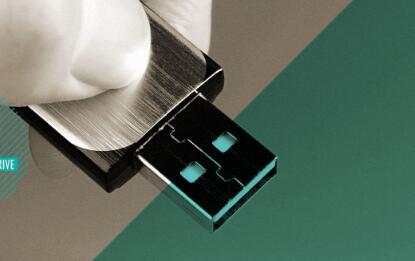
Chapter 1: USB Flash Drives
Before diving into the actual file transfer process, it helps to understand how USB flash drives work. A USB flash drive is a small data storage device that uses flash memory and has an integrated USB interface. These drives come in various capacities ranging from 2 GB to over 1 TB.
Most USB flash drives are formatted using FAT32 or exFAT for broad compatibility. While FAT32 works well with both Windows and Mac systems, it has a 4GB-per-file limit. If you’re trying to copy a large file, like a high-definition movie or a large software ISO, this limit can be a hurdle. exFAT, on the other hand, supports larger files and is compatible with most modern systems.
Key Advantages of USB Flash Drives:
Portability
Fast transfer speeds
No internet required
Wide device compatibility
Ideal for bootable media creation
Chapter 2: Preparing Your Flash Drive
Step 1: Insert the USB Flash Drive
Plug your flash drive into an available USB port on your computer. Most systems will automatically detect the device and display it in your file explorer or desktop.
Step 2: Check for Recognition
Windows: Open “This PC” or “File Explorer.” Your USB drive should appear under “Devices and Drives.”
macOS: Check the desktop or open “Finder” and look under “Locations.”
Linux: Most distributions will mount USB drives automatically. You can check the /media or /mnt folder.
If the drive does not appear, try a different USB port, or check Device Manager (Windows) or Disk Utility (macOS) to see if the drive is being recognized at a hardware level.
Step 3: Optional – Format the Drive
If you’re using the drive for the first time or if it was used with a different operating system, you might want to reformat it:
Windows:
Right-click on the drive in File Explorer.
Select “Format.”
Choose a file system (exFAT for large files and cross-platform use).
Click “Start” and wait for the process to finish.
macOS:
Open “Disk Utility.”
Select the USB drive.
Click “Erase.”
Choose a format like “exFAT.”
Click “Erase.”
⚠️ Note: Formatting a drive will erase all its contents. Back up any important files first.
Chapter 3: Copying Files to a USB Drive on Different Operating Systems
A. Copying Files on Windows
Locate Your File:
Open File Explorer.
Navigate to the folder containing the file(s) you want to copy.
Select the File(s):
Click once to highlight a single file.
Use Ctrl + Click for multiple individual files or Shift + Click for a range.
Copy the File(s):
Right-click and choose “Copy,” or use Ctrl + C.
Open the USB Drive:
Navigate to “This PC” and double-click your USB drive.
Paste the File(s):
Right-click in the window and select “Paste,” or use Ctrl + V.
Wait for the Transfer:
The time depends on file size and USB speed (USB 2.0 vs 3.0).
Eject the USB Drive:
Right-click on the drive and choose “Eject” before removing it.
B. Copying Files on macOS
Find Your File:
Open “Finder” and navigate to your file(s).
Select the File(s):
Click to highlight. Use Command + Click or Shift + Click as needed.
Copy the File(s):
Right-click and select “Copy,” or press Command + C.
Open the USB Drive:
Click the USB drive on the desktop or in Finder under “Locations.”
Paste the File(s):
Right-click inside the USB folder and choose “Paste Item,” or press Command + V.
Eject the Drive:
Drag the drive icon to the Trash, or right-click and choose “Eject.”
C. Copying Files on Linux
Locate the File:
Use your file manager (Nautilus, Dolphin, Thunar, etc.) to find the file.
Copy:
Right-click > Copy or use Ctrl + C.
Access USB Drive:
Find it under “Devices” or mounted folders.
Paste:
Right-click > Paste or Ctrl + V.
Eject the Drive:
Right-click the USB icon > “Unmount” or “Eject.”
Chapter 4: Copying Files Using Keyboard Shortcuts
For faster copying, keyboard shortcuts are extremely handy:
Windows/macOS/Linux:
Copy: Ctrl + C (Windows/Linux) or Command + C (Mac)
Paste: Ctrl + V (Windows/Linux) or Command + V (Mac)
Cut: Ctrl + X (Windows/Linux) or Command + X (Mac)
Undo: Ctrl + Z or Command + Z
These shortcuts can greatly speed up the process when moving multiple files.
Chapter 5: Drag and Drop Method
An alternative method involves simply dragging files from one window into the USB drive window.
Open two File Explorer (Windows) or Finder (macOS) windows.
Position them side by side.
Drag files from your source folder into the USB drive window.
Release the mouse button to begin copying.
Chapter 6: Copying Folders and Large Files
Copying Entire Folders:
Folders can be copied the same way as files. Simply select the folder, copy it, and paste it into the USB drive.
Dealing with Large Files:
If the file is over 4GB and your drive is formatted in FAT32. you’ll encounter errors.
Solution: Reformat the drive to exFAT or NTFS (Windows only) to support larger files.
About us and this blog
Panda Assistant is built on the latest data recovery algorithms, ensuring that no file is too damaged, too lost, or too corrupted to be recovered.
Request a free quote
We believe that data recovery shouldn’t be a daunting task. That’s why we’ve designed Panda Assistant to be as easy to use as it is powerful. With a few clicks, you can initiate a scan, preview recoverable files, and restore your data all within a matter of minutes.
Subscribe to our newsletter!
More from our blog
See all postsRecent Posts
- How to recover deleted files in sd memory card 2025-07-15
- How to recover lost photos from sd card 2025-07-15
- How do you recover deleted files from sd card 2025-07-15

 Try lt Free
Try lt Free Recovery success rate of up to
Recovery success rate of up to

